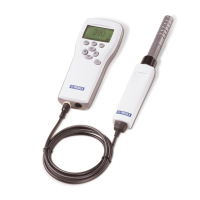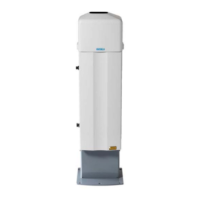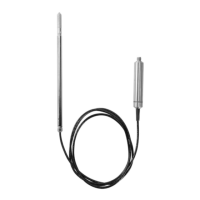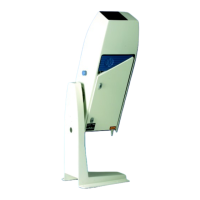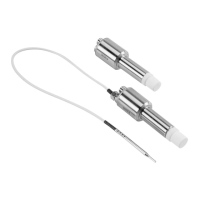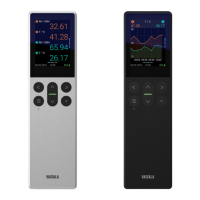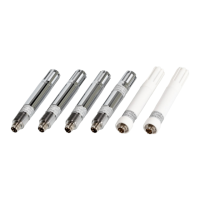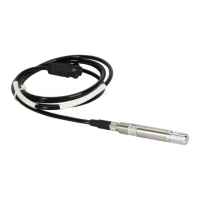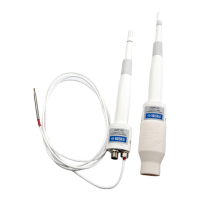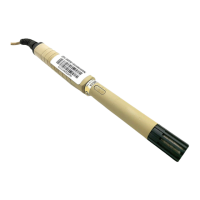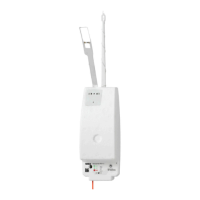• Configuration: options for using environmental compensations (probe-specific range
of options) that allow compensating for the conditions present in the calibration
environment, for example, pressure, temperature, and background gases. Also includes
probe-specific configuration options that are not mandatory for use with Indigo.
• Diagnostics: this tab contains information about the status of the measurement and
the probe, and shows the current environmental compensation configuration.
• Measurements: this tab shows the current probe measurement in numeric format (use
this view, for example, when you need to follow measurement stablization in a
reference environment without leaving the Calibration menu).
Before adjusting the probe's measurement, make sure you have gone through the
information in Calibration and Adjustment (page 94).
Starting and Closing Calibration Mode in Indigo
In order to be able to use the calibration options, you must switch the operation of the probe
and Indigo to calibration mode with the Start calibration button.
Figure 26 Start Calibration Button
1 Start calibration button on the Calibration tab
When you start the calibration mode, the Start calibration button is replaced with the Stop
calibration button. The calibration mode remains active until you close it by selecting Stop
calibration.
You can use other menus while the calibration mode is active, and return to the Calibration
menu later to complete your adjustments.
Always close the calibration mode to return the probe and Indigo to normal operating
mode. The measurement performance of the probe can be
aected when used in
calibration mode. You must close the calibration mode with the Stop calibration button
also when no changes are made.
Chapter 7 – Using GMP252 with Indigo Transmitters
79
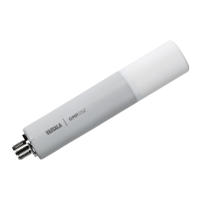
